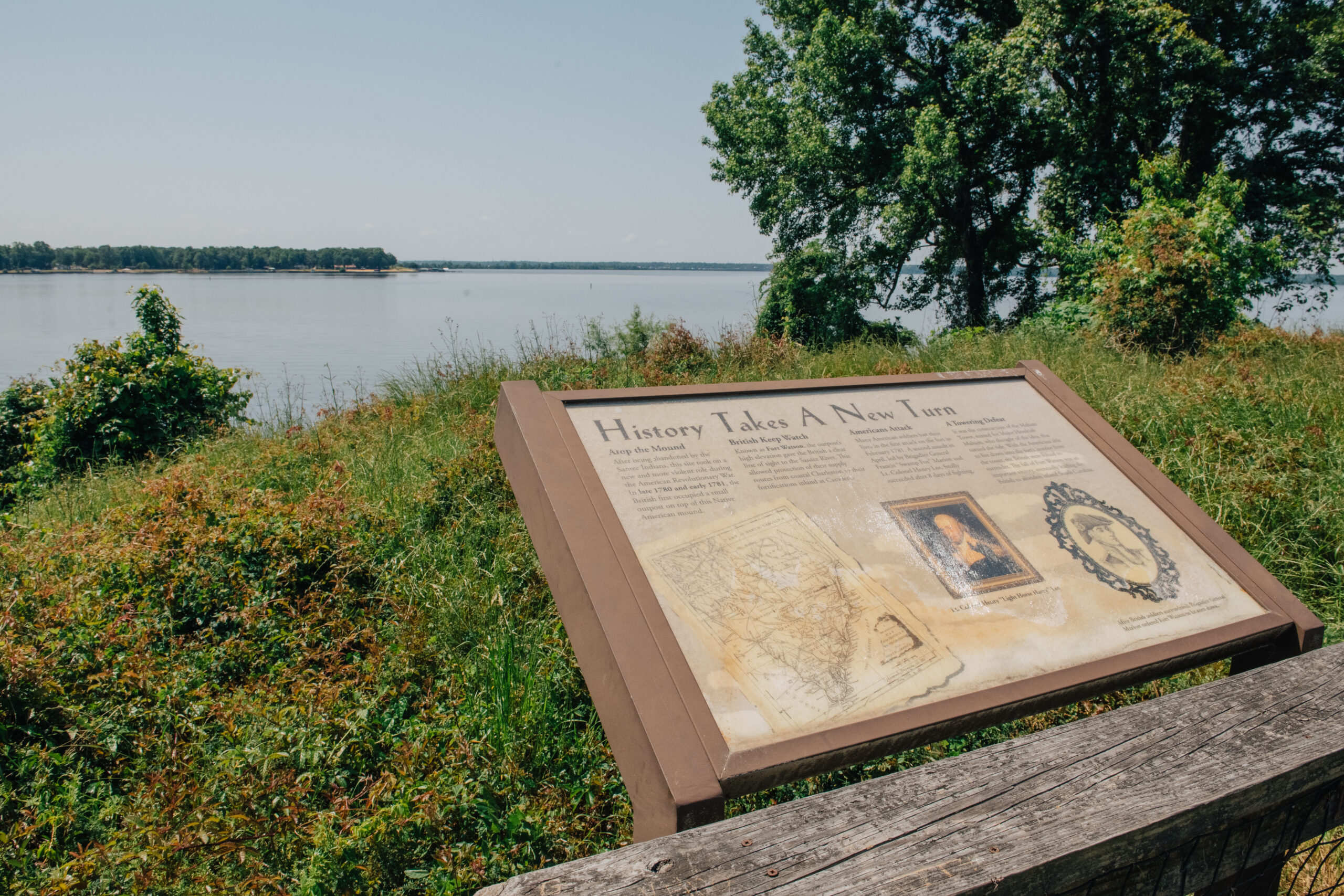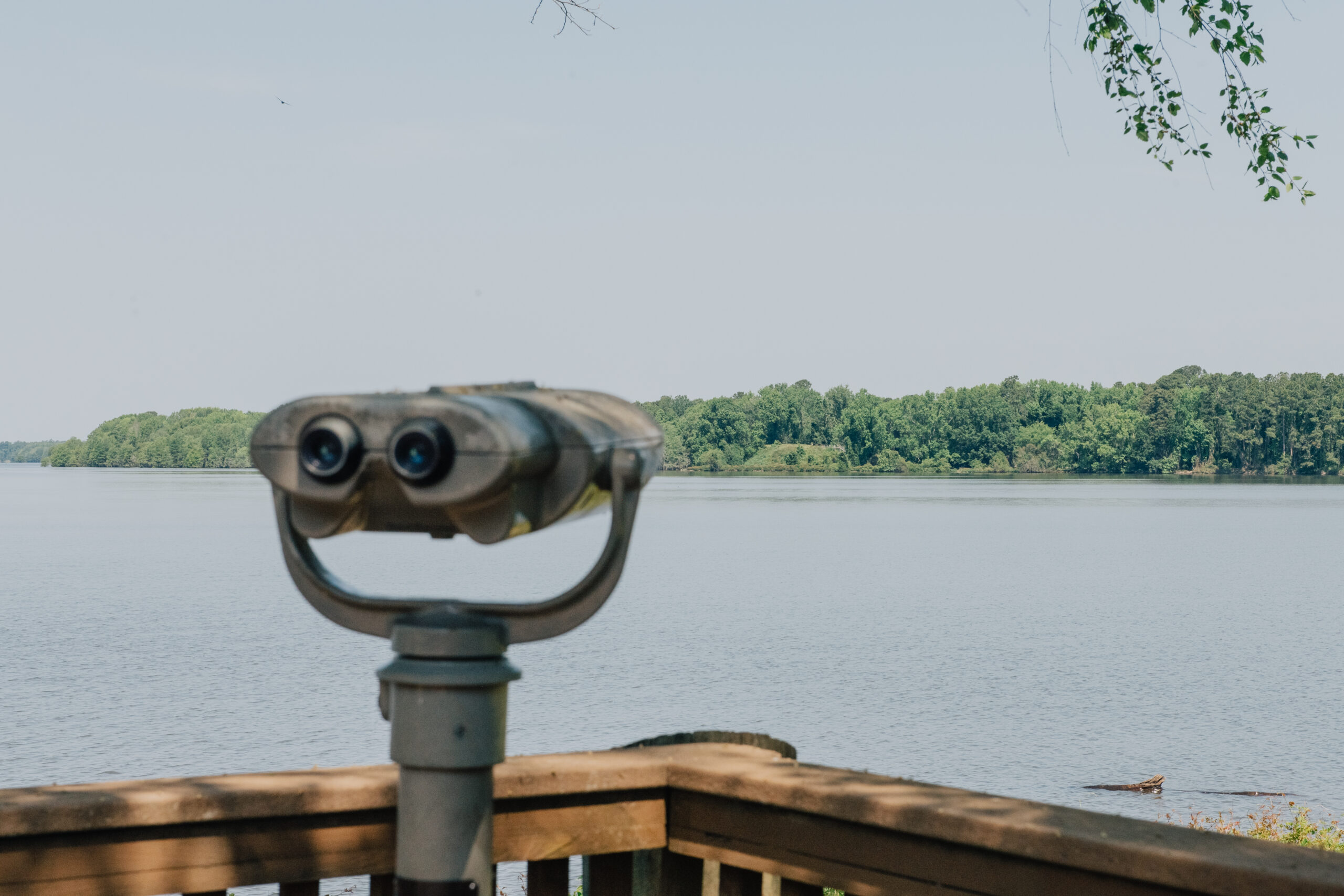Historical Sites to Visit in and around Santee, South Carolina
Santee and its neighboring towns contain captivating historical landmarks and sites, each a treasure of knowledge and culture waiting to be explored. Learn more about the destinations that weave a narrative that spans centuries, offering a glimpse into the diverse and storied history of the region.
Santee Indian Mound and Fort Watson Site
Located in the Santee National Wildlife Refuge, the Santee Indian Mound dates back a thousand years to a native culture that flourished near the coastal plain, before the founding of Charleston. Previously used for various religious rites, it was also used as a burial site by local Santee Native Americans. Since then, archaeologists have found at least 16 graves at this mound.
By the American Revolution, the site was abandoned by Native Americans who had been enslaved during the Yemassee War. It subsequently transformed into a British outpost strategically positioned on high ground, overlooking the Santee River and the road to Charleston, known as Fort Watson. The fort was well-defended with a stockade incorporating a mound, surrounded by vertical logs and a ditch with pointed stakes. An initial Patriot attempt to capture the fort failed, but a successful siege led by General Francis Marion and Lt. Colonel Henry Lee ensued in April 1781. The Patriots’ construction of a tower neutralized the British advantage of elevation, leading to the fort’s capture. This eight-day action was a crucial American victory, contributing to the British withdrawal from the backcountry of South Carolina.
Today, there are no remains of Fort Watson, but visitors can see the Santee Indian Mound and climb to an observation post to learn more about the significant and historical events and sites.
Eutaw Springs Battlefield
Eutaw Springs marks the location of the final Revolutionary War battle in South Carolina, occurring on September 8, 1781. General Nathanael Greene led 2,000 American troops in an attack against British Colonel Alexander Stewart’s camp on Eutaw Creek. Despite initially driving out the British, the Americans faltered when they stopped to loot, allowing the British to launch a successful counterattack. Despite this setback, Greene achieved his objective of preventing British troops in South Carolina from reinforcing Cornwallis in Virginia.
The battleground park, situated on the shores of Lake Marion, features a historic marker narrating the battle’s story and the tomb of British Major John Majoribanks, a distinguished commander. Interpretive signs are along the trail providing context and details about the significant event. Visitors can download The Liberty Trail app to learn more about the historical site, soldiers who fought and the tactics used to defeat the British.
Elloree Heritage Museum & Cultural Center
The Elloree Heritage Museum & Cultural Center is full of educational and exciting exhibits about the rural life of Elloree. The historic museum is divided into collections that cover the period in eastern Orangeburg County history from Native American settlement to the present. The museum also holds a seasonally changing gallery for art shows and traveling exhibits. The site not only sponsors events within Elloree but also offers programs such as musical performances, historical lectures, Gullah storytelling and local author features.
Visit our explore page to learn more about the historical sites and plan your next visit to Santee.




